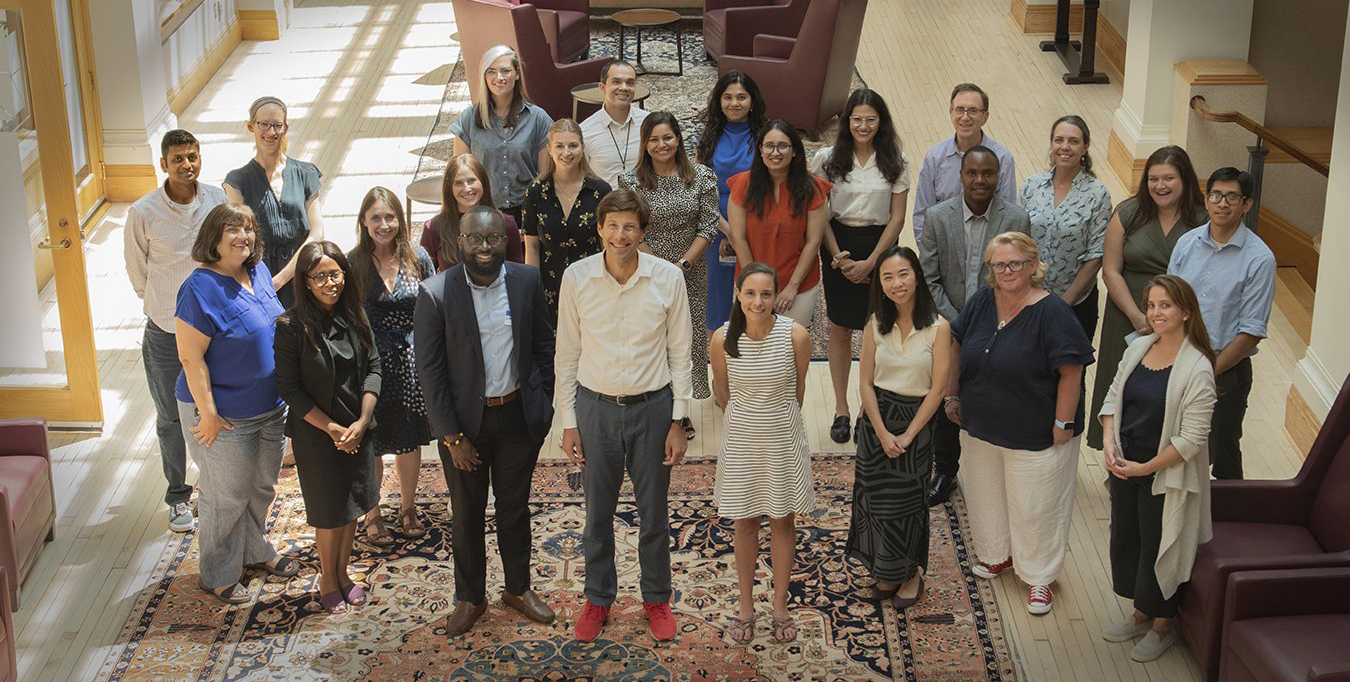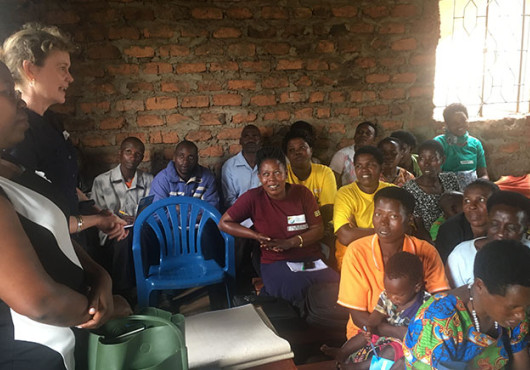
At a glance:
- WHO taps HMS/BWH/PIH collaboration to help stop preventable deaths from complications of untreated noncommunicable disease among world’s poorest billion.
- Integrated health systems can bring lifesaving care to millions who currently live — and die — without it.
- Center is helping to share innovations that could prevent a half million children and young adults a year from dying avoidable deaths.
Childhood heart disease, type 1 diabetes, and sickle cell disease customarily fall into disparate clinical specialties. Even so, those conditions share certain disheartening characteristics: They’re all severe, chronic noncommunicable diseases that cannot be prevented. Their treatment protocols are complex. And, when left untreated, they kill the world’s children and young adults living in extreme poverty at devastating rates.
The Center for Integration Science in Global Health Equity has been working with an international network to build systems and solutions that integrate expertise and resources across these diseases to save young lives in rural sub-Saharan Africa and South Asia, where 90 percent of the world’s people living in dire poverty are located.
For its leadership work in integration science, a relatively new discipline that seeks to align medical, scientific, and social resources across complex systems to better address population health care needs, the center was recently named the WHO Collaborating Centre on Integration Science and Service Delivery. With this designation from both the World Health Organization and the Pan American Health Organization, the center joins a global network of organizations supporting WHO initiatives.
Seeking better health?
Heart health. Nutrition. Brain health. And more.





